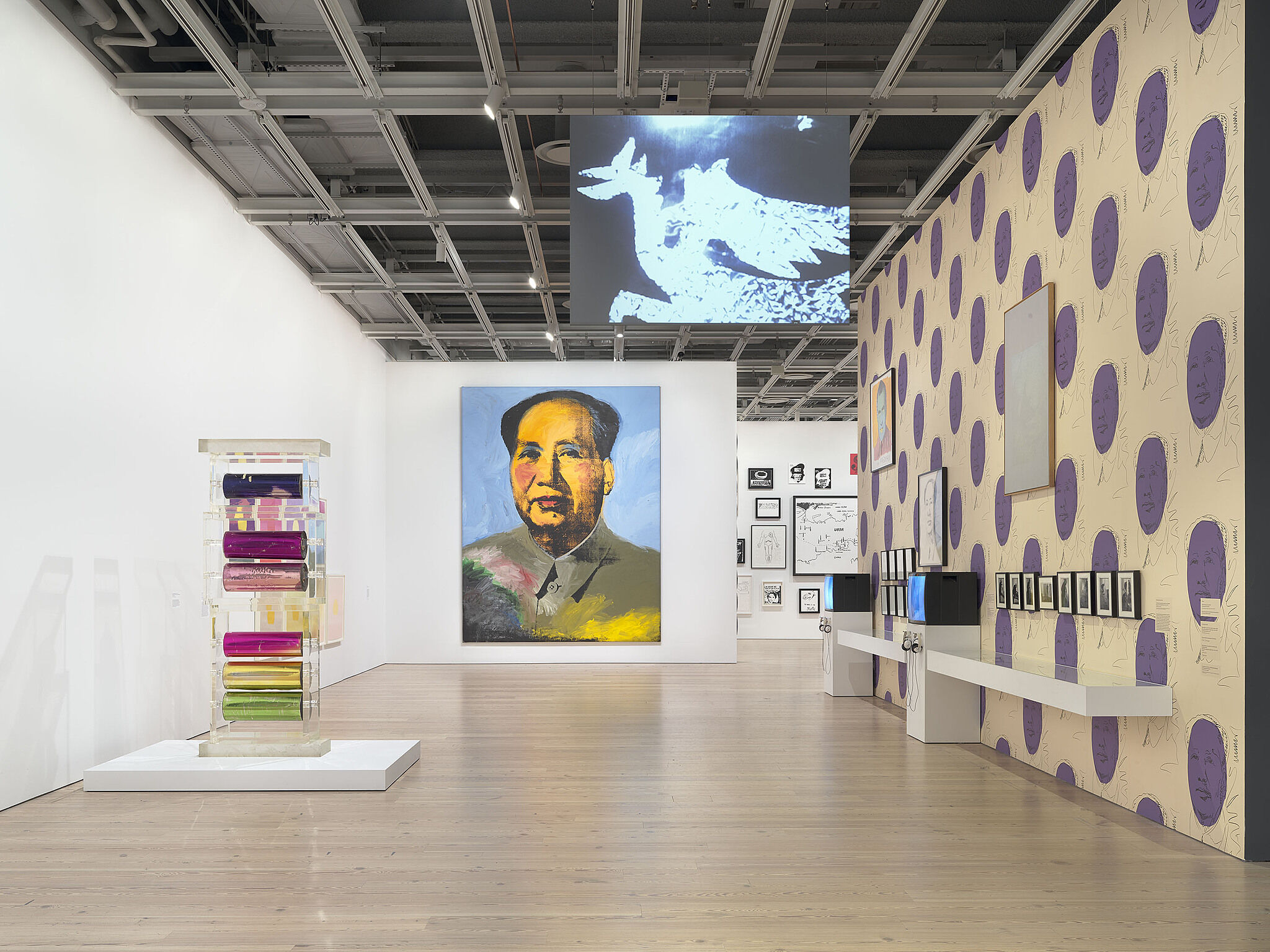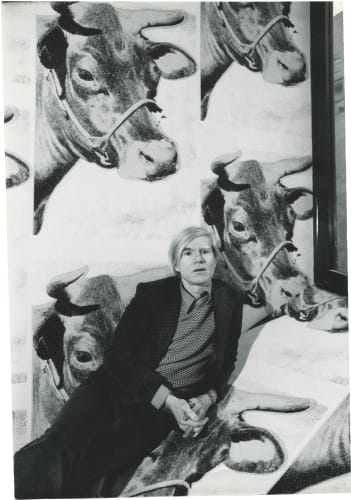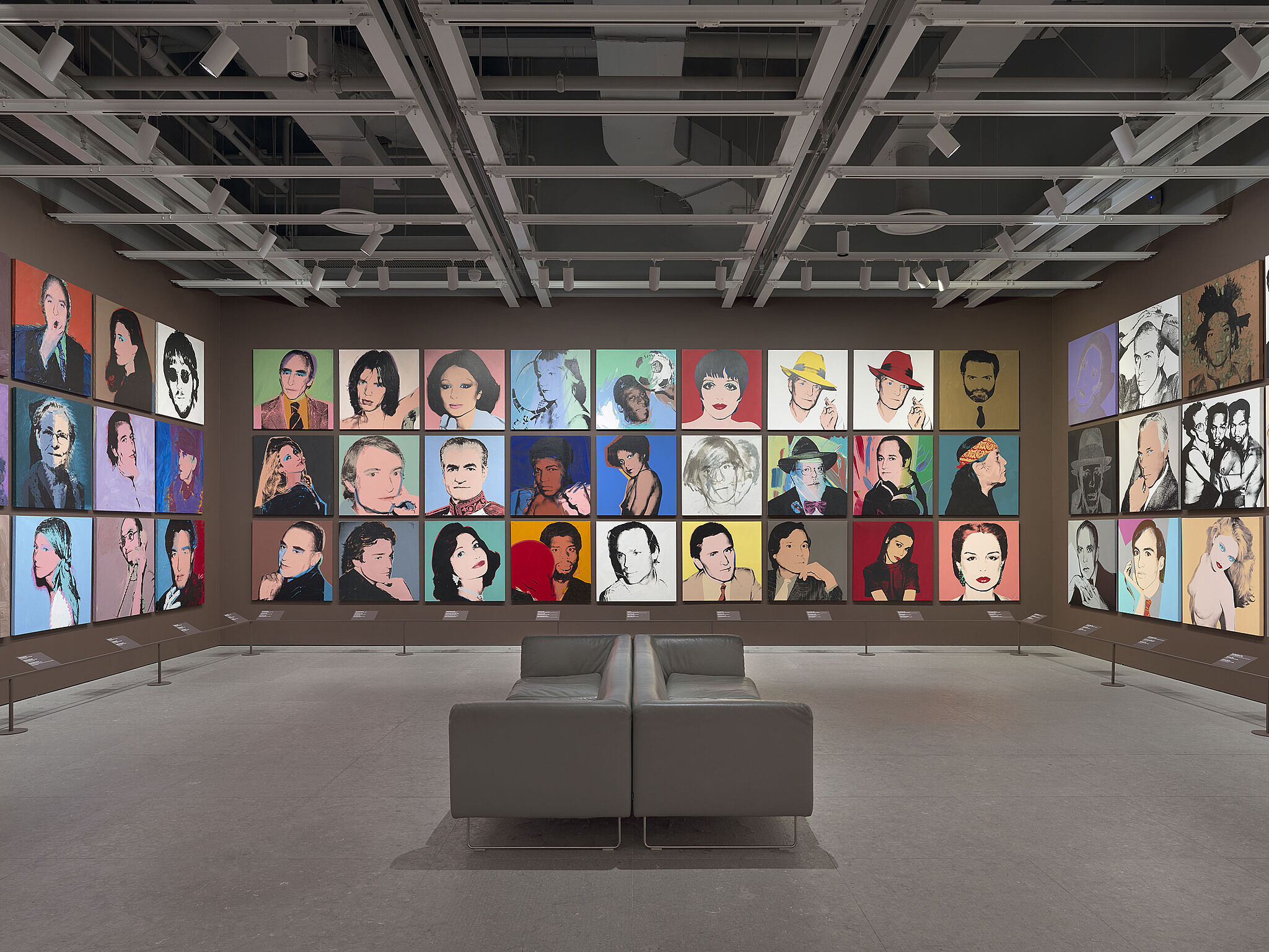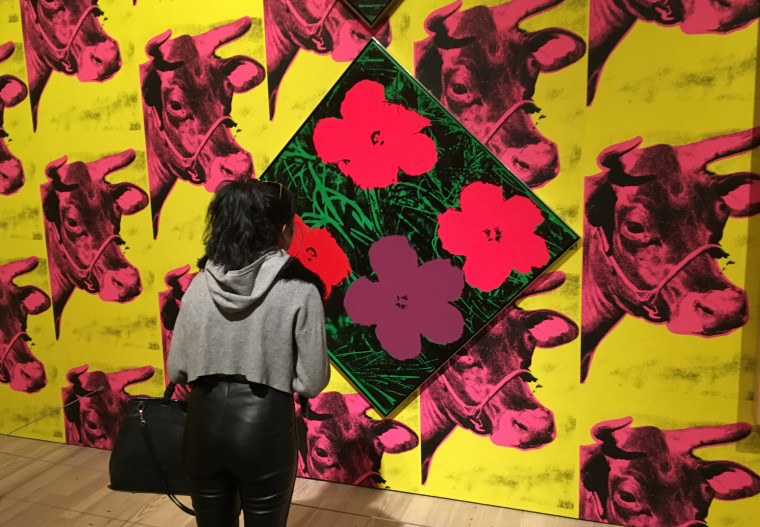Andy Warhol The Whitney Retrospective
In May 1971, the Whitney Museum of American Art in New York City hosted a landmark retrospective of Andy Warhol’s work, marking his first major solo exhibition in the city. Organized by the Pasadena Art Museum, this exhibition was a pivotal moment in Warhol’s career, offering a comprehensive overview of his artistic journey up to that point.
Warhol’s Career Leading Up to 1971
By 1971, Andy Warhol had firmly established himself as a leading figure in the Pop Art movement. His early career as a commercial illustrator in the 1950s laid the groundwork for his fascination with consumer culture and mass production. Transitioning into fine art, Warhol began creating iconic works that featured everyday objects and celebrities, such as the Campbell’s Soup Cans and Marilyn Monroe silkscreens.

The 1960s were a prolific period for Warhol, during which he founded The Factory, his studio that became a hub for artists, musicians, and socialites. He also ventured into experimental filmmaking, producing works like "Sleep" and "Empire." However, in 1968, Warhol survived an assassination attempt by Valerie Solanas, an event that profoundly affected him and led to a shift in his artistic focus.
The 1971 Whitney Retrospective
The Whitney’s retrospective showcased the breadth of Warhol’s work, including paintings, prints, films, and installations. One of the most striking features of the exhibition was the use of his "Cow Wallpaper" to cover the gallery walls. This bold choice blurred the lines between high art and commercial design, challenging traditional notions of what constituted fine art
The exhibition also highlighted Warhol’s exploration of celebrity culture, consumerism, and mortality. His "Death and Disaster" series, which included images of car crashes and electric chairs, confronted viewers with the darker aspects of American society. Additionally, his portraits of celebrities like Elvis Presley and Elizabeth Taylor examined the construction and commodification of fame.
Impact and Influence
The 1971 retrospective solidified Warhol’s status as a central figure in contemporary art. His innovative use of silkscreen printing and repetition questioned the uniqueness of art objects and mirrored the mass production prevalent in consumer culture. Warhol’s work anticipated the rise of celebrity culture and the pervasive influence of media, themes that remain relevant today.
Furthermore, Warhol’s approach to art and life blurred the boundaries between artist and celebrity, art and commerce. His persona and practice influenced subsequent generations of artists, including Jean-Michel Basquiat and Keith Haring, who collaborated with Warhol in the 1980s.
Critical Reception
At the time of the Whitney retrospective, critical responses were mixed. Some critics praised Warhol’s ability to capture the zeitgeist and challenge artistic conventions. Others, however, questioned the depth and sincerity of his work, viewing it as superficial or overly commercial.
Despite the divided opinions, the exhibition attracted significant public attention and attendance, reflecting Warhol’s growing influence beyond the art world. Over time, critical appreciation of Warhol’s work has grown, recognizing his contributions to contemporary art and culture.
Legacy
The 1971 Whitney retrospective was a defining moment in Andy Warhol’s career, encapsulating his artistic achievements and setting the stage for his continued exploration of art, media, and society. The exhibition not only celebrated Warhol’s past work but also underscored his ongoing relevance and the enduring impact of his vision.
Today, Warhol’s influence is evident in various aspects of culture, from art and fashion to media and celebrity. His work continues to inspire discussions about the nature of art, the role of the artist, and the interplay between culture and commerce.
Explore Andy Warhol art for sale and contact info@guyhepner.com for latest availabilities. Looking to sell? We can help! Find out how to sell Andy Warhol prints with our New York and London galleries. Explore more Warhol content in What techniques did Andy Warhol use? The Five Most Famous Warhols and our Guide to Collecting Warhol.


